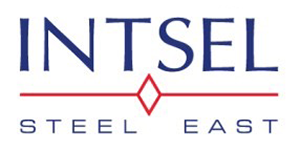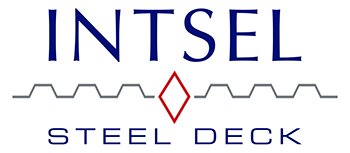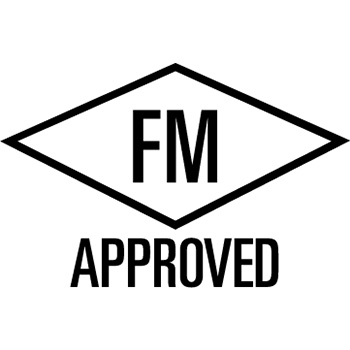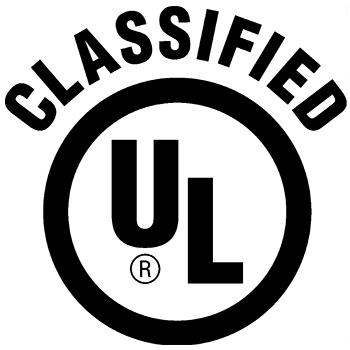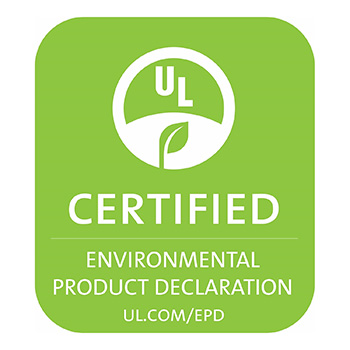Important Differences Between Cold Vs Hot-Rolled Steel
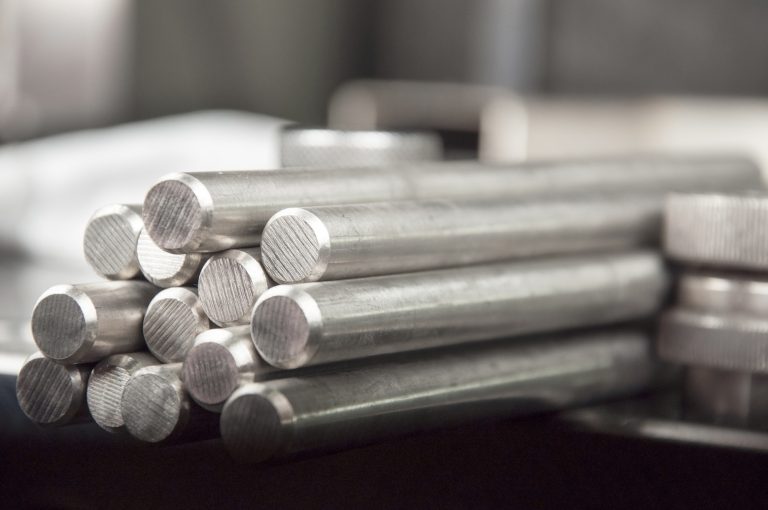
Choosing between cold vs hot-rolled steel is essential to achieving the best results during a project. But, not everybody knows everything that they should in order to make this decision. Fortunately, it’s not as difficult as you might think. Let’s take a look at everything you should keep in mind.
Differences in Manufacturing
The differences in cold and hot rolled steel begin at the manufacturing level. To begin the process, mined steel ore gets blasted at high temperatures. This process oxidized the steel, removing impurities and excess carbon.
Now, the molten steel is ready for processing. All steel gets hot rolled to begin with, while cold rolling refers to further processing and the application of finishes.
What Is Hot Rolled Steel?
Hot rolled steel is the initial steel manufacturing process after it is oxidized. As the name suggests, hot rolled steel requires massive amounts of heat to create. Hot rolled steel requires heat that surpasses the steel’s recrystallization threshold. This means that old, deformed crystal grains get replaced by stress-free grains, thus changing the structure of the steel itself.
Often, the temperatures required for recrystallization exceed 1,000 degrees Fahrenheit. This process creates more malleable steel that is easier to work with. Manufacturers take advantage of hot rolled steel’s unique properties for easy shaping, cutting, and forming.
One of the most commonly recognized types of hot rolled steel is sheet metal, which is the primary metal used to make air ducts or automobile bodies. After they get the right shape, the manufacturer allows the steel to cool at room temperature. Though other cooling methods are faster, they tend to create production problems.
Steel will shrink and warp as it cools. A quick cooling method such as quenching can make it difficult to control the final shape and size of the steel. Moreover, quick cooling methods affect the internal structure of the steel and can make it more brittle and weak. But, a room temperature cool allows for a better-controlled shape in the final project. Finished hot rolled steel tends to have a scaly surface. When it cools and shrinks, its edges and corners also round out.
What Is Cold Rolled Steel?
As you may have guessed, cold-rolled steel requires far lower temperatures during production than its hot-rolled counterpart. But, that doesn’t mean it’s pressed at freezing temperatures. Rather, we could think of cold rolling as “room temperature rolling.” Cold rolled steel is hot rolled steel that gets rolled yet again at room-temperature to suit various purposes. Most prominent is the need for precision, but cold rolled steel is also stronger and more pleasing to the eye than hot rolled steel.
As we mentioned before, metal shrinks and warps as it cools. While room-temperature cooling helps control this process, predicting metal’s final shape remains imprecise. To create a precise cut of steel, manufacturers employ the cold rolling method. Since they can forgo excessive high temperatures, they have accurate control over the final shape of the product. So, a cold-rolled metal sheet is customizable to precise measurements.
The cold rolling process also makes the steel stronger and less pliable, which is useful in appliance manufacturing. The downside of its superior strength is that there are limited options available for shape customization. Cold rolled steel uses finishes during the process, so it may have a slick or oily surface. Because it is processed at room temperature, you will notice it has nice, straight edges and corners when compared to hot rolled steel.
Cold vs Hot Rolled Steel
Of course, these manufacturing processes create steels that have unique advantages for unique situations. Making the wrong decision could cause numerous complications during your project. Let’s explore everything that you should know about the advantages of both hot and cold rolled steel.
Hot-Rolled Steel
Despite requiring extreme temperatures, hot-rolled steel is easier to manipulate. In fact, the entire process is relatively simple — all you need to do is heat the steel up, shape it, and cool it.
Price is also an important factor to consider when comparing the two types of processes. For those unaware, making hot-rolled steel is significantly cheaper, allowing you to keep a much tighter budget. As previously mentioned, hot-rolled steel is also cooled at room temperature. The complications that you avoid will prevent you from incurring unexpected costs in the form of material damage.
Cold-Rolled Steel
Perhaps the most significant advantage of using cold-rolled steel is the capability to form highly accurate shapes. This type of process is also renowned for how consistent and straight the results are. Due to the temperature at which that this type of steel is formed, you also have a much wider range of finishes that you can use for its surface. This allows you to achieve a smooth, shiny appearance that is more aesthetically pleasing than hot-rolled steel.
For this reason, cold-rolled steel is the preferred option when appearance is one of the most important attributes. This is especially useful for projects that require steel with highly defined edges and corners. In fact, cold-rolled steel is notably efficient at creating bars that are uniformly square.
What Types of Projects Are They Most Appropriate For?
Each process is better suited toward particular types of projects. But, is not always easy to tell which method your project should use. As you might guess, choosing the wrong one could create significant obstacles down the road. Let’s explore the information that you need to know.
Hot-Rolled Steel
Since hot-rolled steel is not as structurally precise as cold-rolled steel, it’s better suited for projects that don’t require highly precise shapes. The same can be said about structural tolerance. For this reason, hot-rolled steel is ideal for products like sheet metal, heavy equipment (like you would find in the agriculture industry), and railroad tracks.
This type of steel is also ideal for creating I-beams. Additionally, hot-rolled steel can be used for projects that require unique or unconventional shapes. In general, this type of steel is preferred for projects that require a large amount of material.
Cold-Rolled Steel
It should come as no surprise that cold-rolled steel is perfect for creating pieces that are highly straight or uniform. These include strips, bars, and rods. But, cold-rolled steel also comes with plenty of other utility. Projects centered around roof and wall systems or appliances make liberal use of cold-rolled steel. It’s also used in the creation of aerospace structural components.
So, Which One Is Best for Me?
It can often be overwhelming when it comes to making the right decision for your project. Fortunately, there’s an easy way to help you figure out the answer.
If your project requires large components that don’t need to be a precise shape, hot-rolled steel is likely the best option. In contrast, projects that require durable, smaller pieces will benefit from the use of cold-rolled steel.
If you’re still having trouble figuring out which is ideal, consider getting in touch with a professional. They will be able to point you in the right direction and help you avoid complications in the future.
Choosing Between Cold vs Hot-Rolled Steel Might Seem Complicated
The above information will ensure that you don’t have any trouble making your decision. From here, you’ll be able to tell if cold vs hot-rolled steel is ideal for your project. Want to learn more about what we have to offer? Feel free to reach out to us today and see how we can help.
